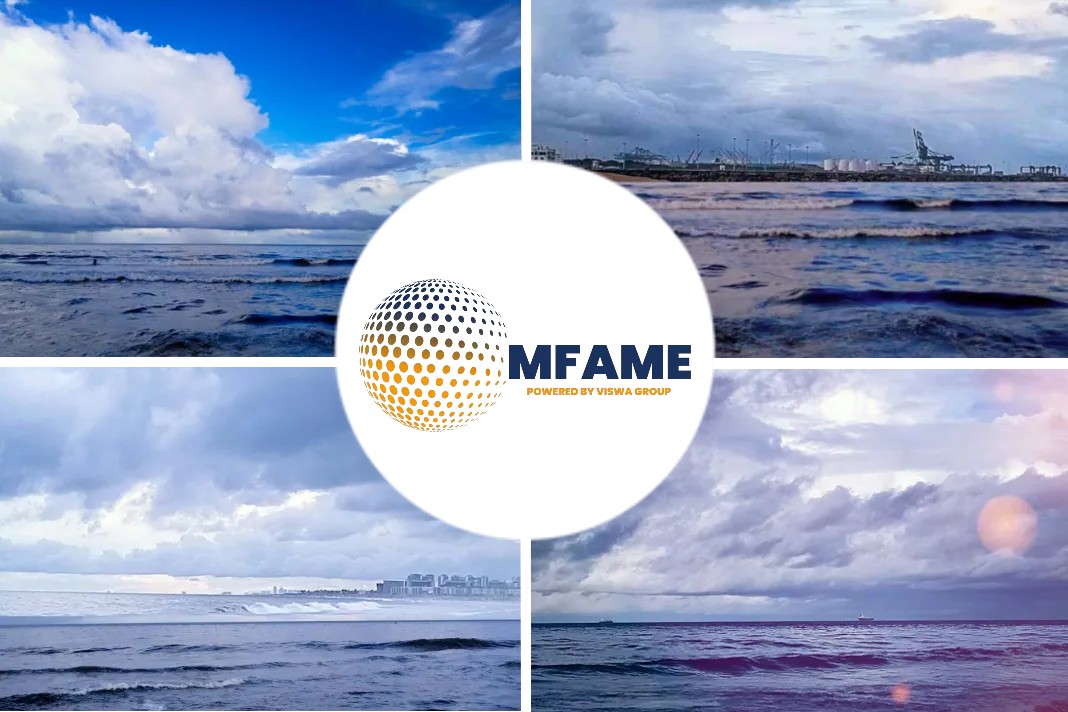From discussions surrounding building new infrastructure to assist shipping’s energy transition, to highlighting cleaner fuel types, the ‘Ship Energy Summit’ brought together industry experts who presented information and debate surrounding these topics, reports Ship Technology.
Held from 7 September to 8 September 2021 the second in the 2021’s series of ‘Ship Energy Summits’ showcased a variety of webinars such as ‘Technology options and infrastructure’ which explored advances in battery power and wind propulsion.
Working towards a cleaner future
Time and time again the shipping industry is spotlighted for its negative environmental contributions when it comes to emissions and fuel type. This has seen the industry working towards a cleaner future, with many companies investing in new technology to assist reducing emissions, greener fuel alternatives and hybridising their vessels.
One fuel which is making headway within the industry is methanol. This is usually produced from stem-reforming natural gas to create synthesis gas, which when fed into a reactor with a catalyst produces methanol and the by-product of water vapour.
Alongside the methanol switch other companies have been shifting to battery power for their vessels, this can be seen in two forms: a 100% electric switch or using batteries alongside another fuel.
During the webinar titled ‘Technology options and infrastructure’, experts discussed the alternative fuels which are currently on the market, what their benefits are, as well as what impact the Covid-19 pandemic has had on the industry’s decarbonisation journey.
Which green ‘fuel’ to pick?
During the webinar discussion multiple ‘green’ fuel alternatives were presented by the panellists, such as battery power, which was named as a zero-emission alternative. One of the key benefits of using battery as an alternative fuel source is the ability to hybridise its use.
This allows for the battery to be used when needed for however long is required, which not only improves overall energy efficiency but also requires less generators to run constantly. Fitting a vessel with a battery power option alongside a generator allows ship operators to use the battery instead of the generator, and on the flip side use the generator constantly with the battery power as a reserve.
Tor Arne Myklebust, product manager, Vard Electro explained the function of battery hybridisation onboard a vessel: “This is comparable to hybrid, electric cars. Many use hybrid cars as zero emission vehicle by charging it overnight every day and using it for work. Then you have the option of using the same car for road trips by using that combustion engine.”
“On the other hand, if you don’t have access to charging, you still have the benefit of using charging and discharging the battery and taking all the power from the combustion engine. You don’t need the same power, or the combustion engine. You can use the power of the electric machines to accelerate, and then you have a significantly lower consumption model.”
Methanol
Alongside the discussion of battery as an alternative fuel, methanol was also brought into discussion. Using methanol as an alternative fuel offers a promising outlook for the shipping industry due to no sulphur being produced when it is in use. Methanol is also a versatile, easy to transport, easy to handle and manufacture fuel.
However, when looking at the availability of methanol for those in the industry problems such as low supply capacity can arise – that being said the industry is working to increase the fuels availability.
Maite Klarup, COO, e1 Marine discussed this issue during the webinar: “The distribution network for methanol as a marine fuel is not fully available for the shipping industry today.”
“However, methanol as a marine fuel is already available in all major ports. Furthermore, supply capacity is expanding. There are several projects in different regions, aiming to expand the availability of the low carbon fuels, including methanol.”
Wind power
Following on from the discussion on battery and methanol as the future of shipping fuel, Per Tunell, COO, Wallenius Marine – a ship design and management company located in Sweden – presented ‘OceanBird’ to the panel.
Currently in development, Oceanbird is a wind-powered vessel which is aimed to lower shipping emissions by up to 90%. Aiming to set sail in 2024, the vessel aims to assist the maritime industry with major change and show that zero-emission shipping is possible.
The vessel aims to achieve a 90% reduction in emissions which will be powered by wind however the company are not aiming for a full 100% emission reduction due to additional energy more than likely being required onboard for certain locations and manoeuvres.
Tunell explained: “We will not go to 100% because you will almost always need some additional energy on board to be able to manoeuvre in and out of a port, to be able to meet schedule when the wind is unfavourable.”
“That of course could be emission free, but it will not be wind power to the full extent. We are going to lead the way to a truly sustainable shipping, we are kind of pushing part of the shipping revolution, and pushing this development. We are taking this to the full extent and trying to get as much out of the project as possible.”
Did you subscribe to our daily newsletter?
It’s Free! Click here to Subscribe!
Source: Ship Technology






















